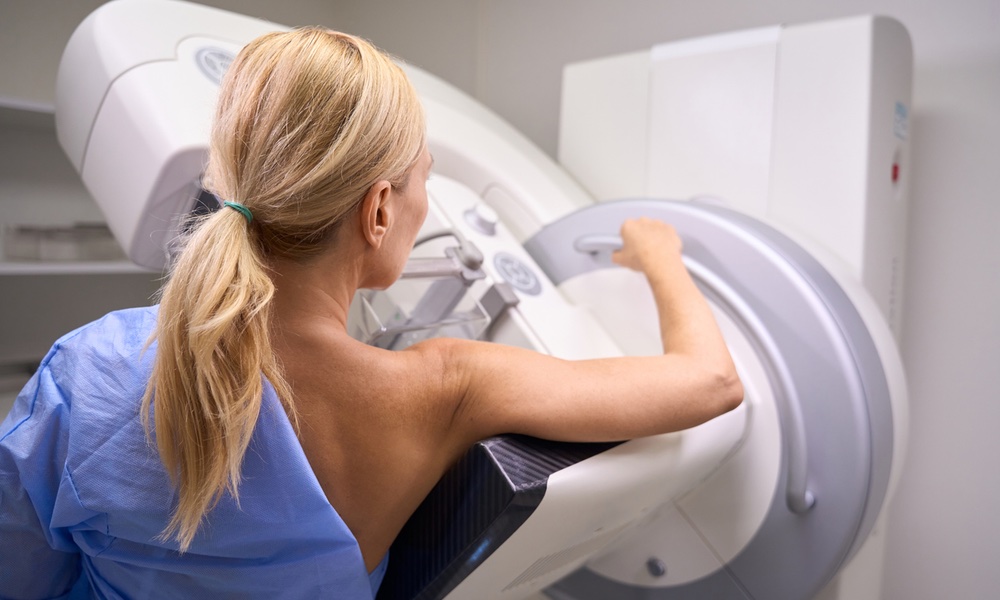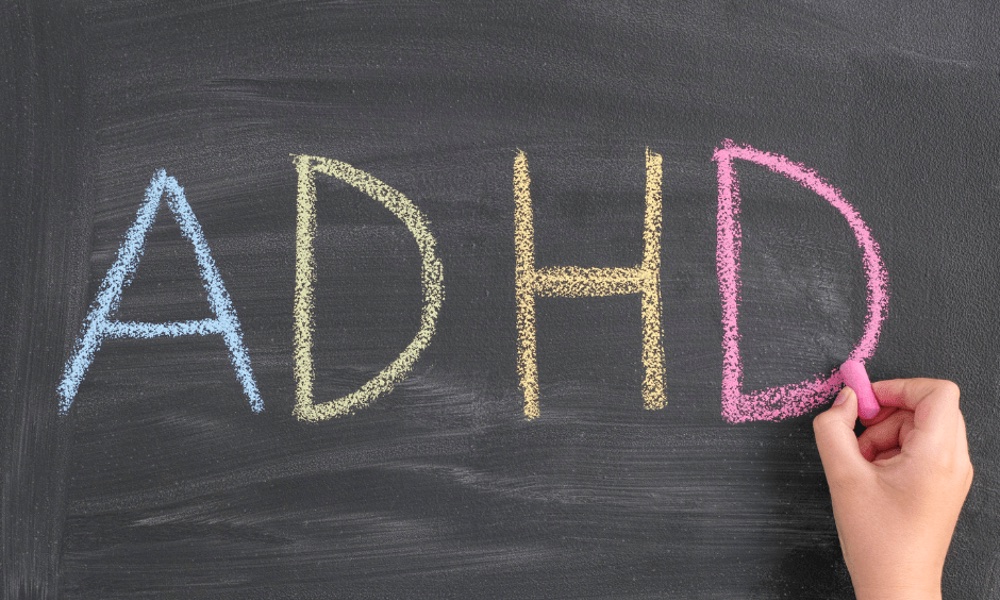Dr. Schilling is Assistant Professor of Medicine, Pathology & Immunology,
Section of Advanced Heart Failure and Cardiac Transplantation,
Division of Cardiology, Washington University School of Medicine
St. Louis, MO. This article is an adaptation of a longer piece written for medical professionals which appeared on our partner site,
Cyberounds.com.
Heart failure (HF) is one of the most common and life-threatening conditions in the U.S., and affects over six million people. This number, unfortunately, will continue to rise with the aging population and given the growing number of people who suffer from risk factors like obesity and diabetes.
In addition to serious physical symptoms, people with HF have a significantly shorter life expectancy, even in this era of modern medical therapies. Being hospitalized for heart failure is one of the strongest predictors of mortality in patients with cardiomyopathy (heart muscle disease).
Up to 30% of those hospitalized for HF will die within the next 6-12 months.
Over three million HF hospitalizations occur annually in the U.S. and cost over $34 billion per year.
For all of these reasons, improving the care of patients with acute heart failure syndromes is crucial to improving their physical symptoms and quality of life, and to reduce mortality and decrease health care costs.
This article can give people facing congestive heart failure and their families an opportunity to be involved in their own care.
subtypes, and the state of the art treatments for "decompensated" or deteriorating heart failure.
Symptoms and Types of ADHF
Acute decompensated heart failure (ADHF) is when symptoms in people with previous or existing heart problems get worse, and require hospitalization and often additional medical treatment. This type of HF can present itself in a number of ways. Most people who seek medical treatment have clinical features that are consistent with one of three subtypes of ADHF.
The first type is known as flash pulmonary edema. This is the most dramatic form of heart failure. People suffering from it typically develop extreme respiratory distress, often with very little previous indication that a problem is brewing. Patients will often have high blood pressure, acute ischemia (oxygen deprivation), or acute valvular heart disease (serious problems with the heart valves).
Flash pulmonary edema is the most dramatic form of heart failure. People suffering from it typically develop extreme respiratory distress, often with very little previous indication that a problem is brewing.
The second type of ADHF is called slowly progressive or gradual fluid overload. This is the most common type of HF, which involves an excess of fluid in the body, which must be treated. It often presents with shortness of breath (dyspnea) during exertion, when lying flat, or at nighttime.
The third form of ADHF involves low cardiac output, meaning that the heart is not pumping blood as powerfully as it should. This type occurs in less than 10% of patients, but people with low cardiac output are most likely to require intense treatments. They may have low blood pressure, cool hands and feet, altered mental status, and reduced urine output.
How ADHF Is Treated
Improving the patient’s current symptoms, blood flow throughout the body, normalizing fluid levels, and minimizing heart and/or kidney damage are the goals of therapy. There are several types of therapies that can help do this, and we’ll outline them each briefly.
Vasodilator therapy has become common in the management of ADHF. Since ADHF involves vasoconstriction (tightening of the blood vessels, which reduces blood flow), vasodilators that relax the blood vessels can help return blood flow to something approaching normal. Vasodilators for acute HF can be administered intravenously (IV) or in the form of oral medications. Patients who are having more severe respiratory symptoms may require IV therapies initially.
The FDA-approved IV vasodilator medications include nitroglycerin, nitroprusside and nesiritide. All of these medications are effective in ADHF treatment, and there isn’t much data on whether one may be more effective than the others. Nitroglycerin is the most commonly prescribed of the three, likely because of its lower cost, quick access, and doctors’ familiarity with it.
People who have congestive symptoms (shortness of breath, swelling of the lower extremities) are the most likely to be hospitalized. Decongestion is an important part of managing ADHF.
Nitroprusside is also an effective vasodilator, but may require more monitoring, especially in older patients. The third IV agent, nesiritide, is very well tolerated, though there’s some there’s some question about whether it’s superior to other traditional treatment. A new vasodilator, relaxin, has also been studied in patients with ADHF. There’s some good evidence that it can improve symptoms and is associated with fewer re-hospitalizations, but more studies will be needed to confirm its effectiveness.
Oral vasodilators can sometimes be used in patients who do not require the stronger IV administration. The most common agents include ACE-inhibitors (ACE-i)/angiotensin receptor blockers (ARBs), and the combination of hydralazine/nitrates. Doctors may make different decisions with ACE-i/ARB medications, depending on whether or not the patient has already been on them in the past. Kidney dysfunction can sometimes be a concern with these medications, so your doctor will monitor how the kidneys are functioning over time.
People who have congestive symptoms (shortness of breath, swelling of the lower extremities) are the most likely to be hospitalized. Decongestion is an important part of managing ADHF. Due to the lack of strong clinical trial evidence, there is still a lot of debate over the most effective and safe method to remove fluid in HF patients. The section below briefly outlines the different methods for the treatment of excessive fluid in the body.
Diuretics
Loop diuretics are the cornerstones for treating excess fluid in people with ADHF. These may include furosemide, bumentanide, and toresamide. Although they’re very effective for fluid removal, under certain circumstances loop diuretics can also lead to electrolyte depletion and/or kidney injury. Doctors will decide upon different treatments – high-dose vs. low-dose, IV or oral medication – or combinations, depending on how severe the fluid overload. Because electrolyte imbalances and other unwanted effects can occur, patients on aggressive diuretic treatment need to be monitored closely.
Aquaresis
Another method of removing excess fluid is known as aquaresis, which involves the removal of water without disrupting the electrolyte balance. In this regard, a therapy, tolvaptan, has been studied in patients with ADHF. One study, called the EVEREST trial, looked at symptoms and mortality in HF patients who were treated with tolvaptan and standard medical therapy or standard therapy alone.
There is still a lot of debate over the most effective and safe method to remove fluid in HF patients.
Although there was a modest improvement in symptoms after 24 hours, there was no change in mortality risk. Therefore, it’s not clear whether tolvaptan should be used in routine HF treatment, but more research will look into this possibility. It may be best used in ADHF patients who have hyponatremia (low sodium levels), a state that can be associated with HF.
Ultrafiltration
Because loop diuretics may worsen renal function, other means of fluid removal, such as ultrafiltration (UF), a type of dialysis, are sometimes used. In one study, patients who had UF had increased fluid removal and a lower rate of re-hospitalization for HF compared to standard therapy. Interestingly, kidney function at discharge was slightly worse in the UF group. Other studies have questioned the effectiveness and safety of UF, so it is still somewhat unclear what role it should play in ADHF treatment.
For Outpatients: Long-term Care
To reduce the risk of re-hospitalization it is important to return a patient’s body fluids to their normal volumes. Doctors will do several lab and clinical tests to determine fluid levels, and to begin the transition from IV to oral diuretic therapy. Most patients will experience a rapid improvement in their shortness of breath with diuresis. This does not mean that their health is totally restored and they are ready to go home.
A hospitalization or re-hospitalization for HF also provides an important opportunity to determine whether alternative treatments are perhaps needed.
Various lab tests can also help a doctor determine whether a patient is ready to be released. Once fluid levels have been restored, doctors may want to observe the patients on oral diuretic for at least 24 hours to make sure everything is in order and the patient is stable before discharging him or her.
In patients who are repeatedly re-admitted for heart failure, despite taking their medications consistently at home, the choice of treatment may need to be reevaluated by one’s doctor. A hospitalization or re-hospitalization for HF also provides an important opportunity to determine whether alternative treatments are perhaps needed. For example, some patients may be helped by medical devices, like an implantable cardioverter debrillator (ICD) and/or biventricular pacing. Ultimately, these interventions will prolong life expectancy and reduce death risk from HF.
The use of inotropes, agents that alter the force of muscular contractions, for ADHF has been an area of debate for several decades, but conservative use of these medications seems the best way, since there is some risk associated with the medications. Patients who received the inotrope had a significant increase in the risk of in-hospital complications (i.e., arrhythmias and hypotension) with no reduction in length of hospital stay or rate of fluid removal.
Different combinations of symptoms – for example, whether a patient has high or low blood pressure, or normal or poor kidney function – may require different types of the medications.
Other studies have suggested similar risks. Because of this, inotropes should be reserved for select patients with ADHF. Specifically, those with evidence of low cardiac output (i.e., hypotension, narrow pulse pressure [where the top and bottom blood pressure readings are not far apart], and cool extremities) are likely to benefit the most from inotropic therapy. They may also be appropriate for patients with high fluid levels and who have worsening kidney function with diuresis.
Since inotropes all increase heart rate, risk of arrhythmias and oxygen demand from the heart muscle, the medications will be prescribed only in patients with certain symptoms. Different combinations of symptoms – for example, whether a patient has high or low blood pressure, or normal or poor kidney function – may require different types of the medications. When inotropes are used, they should be kept at the lowest dose necessary, and patients should be monitored closely.
Although it is less common, ADHF can also present as, or quickly turn into, cardiogenic shock, which has a high mortality rate – about 40-50% – and requires rapid triage and ICU stabilization, including a range of different treatments. Even with aggressive medical intervention, however, some patients will require further treatment: Several new temporary mechanical support devices exist that can be useful in the management of acute cardiogenic shock.
Intra-aortic balloon pump
The simplest and fastest device to employ is the intra-aortic balloon pump (IABP), which can boost cardiac output and, therefore, blood flow. However, the presence of tachycardia (fast heart rate) and/or irregular heart rhythms limit its ability. Many patients, however, require even more circulatory support than the IABP can provide. Although the IABP has been around since the late 1960s, a recent study found that it did not reduce one’s risk of mortality from cardiogenic shock. Still, it can be used under some circumstances, which your doctor can determine.
Impella percutaneous left ventricular assist device (pVAD)
The Impella pVAD (Abiomed) is a newer device that can be used for temporary circulatory support for patients who are in cardiogenic shock. The Impella devices are inserted into the femoral artery in the leg and can significantly improve blood flow from the heart. That said, there are some complications associated with this device, which can include hemolysis (i.e., breakdown of red blood cells), stroke and vascular injury. One study found that Impella 2.5 outperformed the IABP in cardiac output. The Impella pump can be used to support patients for up to 2-3 weeks if there are no complications. Because it is easy to insert, the Impella, is being used more and more frequently in the United States.
Tandem Heart pVAD
The Tandem Heart pVAD (CardiacAssist) is another option for temporary support fpr patients with cardiogenic shock. Similar to the Impella pumps, the Tandem Heart can provide between 3.5-5 L/min of increased blood flow from the heart. Compared to the Impella, the Tandem Heart is somewhat more complicated and takes longer to insert. In a couple of small, randomized trials, the Tandem Heart led to a greater improvement in hemodynamic parameters than did the IABP.
Temporary Surgical LVADs
In certain circumstances, the devices described above are not enough to provide blood flow to the organs, so other methods, like extracorporeal mechanical oxygenation (ECMO), may be considered by one’s doctor. A discussion of these devices is beyond the scope of this article, though several pumps including the CentriMag (Levitronix) and Abiomed BVS 5000 are able to provide full hemodynamic support. As these devices are only for temporary use, it is crucial for one’s doctor to determine the appropriate "exit strategy" for patients who improve. In most cases, a permanent LVAD and/or heart transplant can be considered.
Conclusion
As mentioned at the start of the article, the rate of hospitalization for ADHF will likely continue to rise with the aging population and the higher prevalence of heart failure in general. Because of this trend, treating and managing ADHF are important for improving public health and reducing the high risk of death that comes with the disease.
Treatments initially focus on relieving symptoms and normalizing blood flow. When it comes to managing ADHF over the long term, other medical and device treatments may also be required to reduce hospitalizations and the risk of death.
In those patients with severe HF and cardiogenic shock there are several promising mechanical circulatory support options that can be of great help and that make further evaluation easier. Though recent years have brought greatly improved treatments for ADHF, more research will be needed to continue this trend and to develop even more effective methods.




